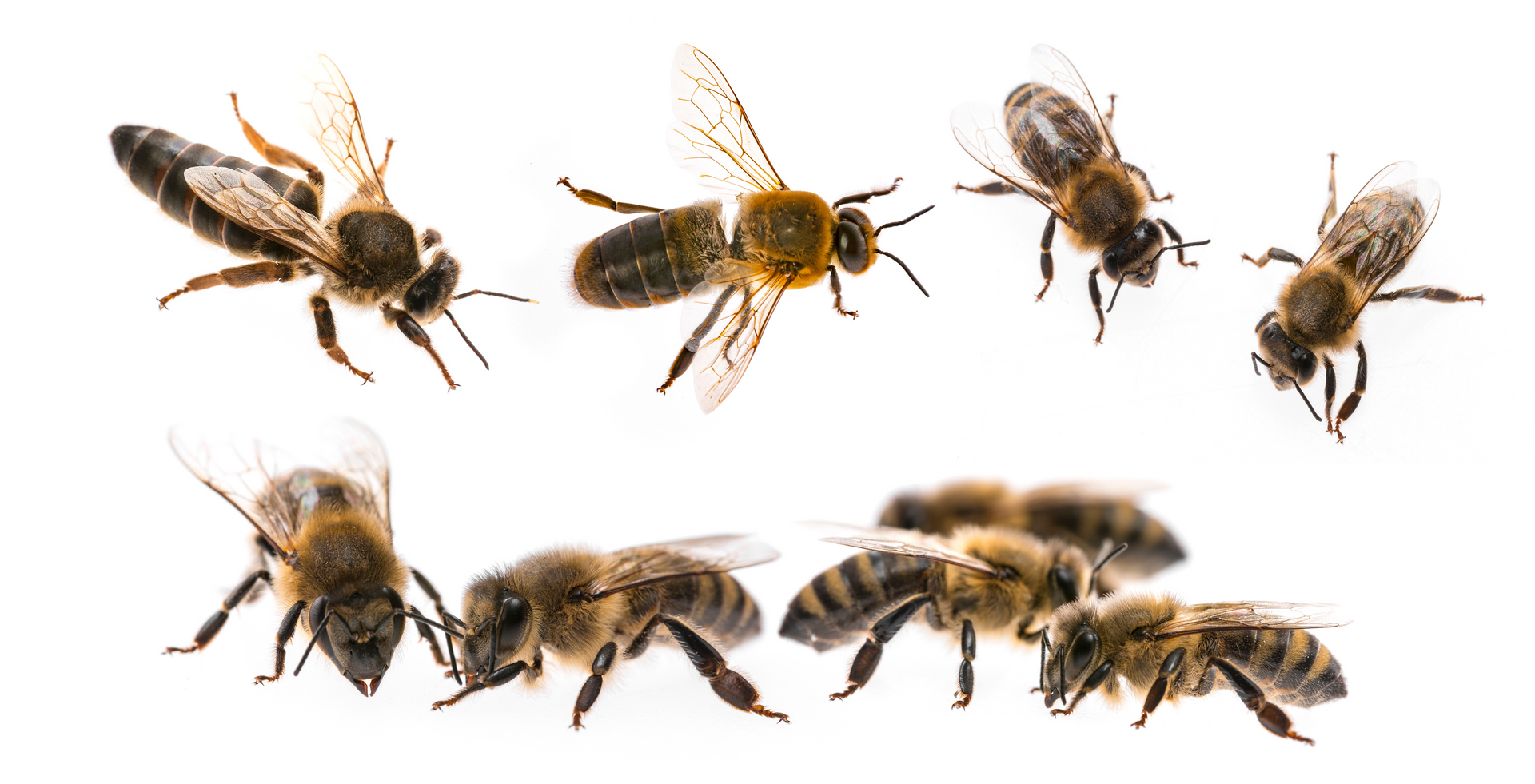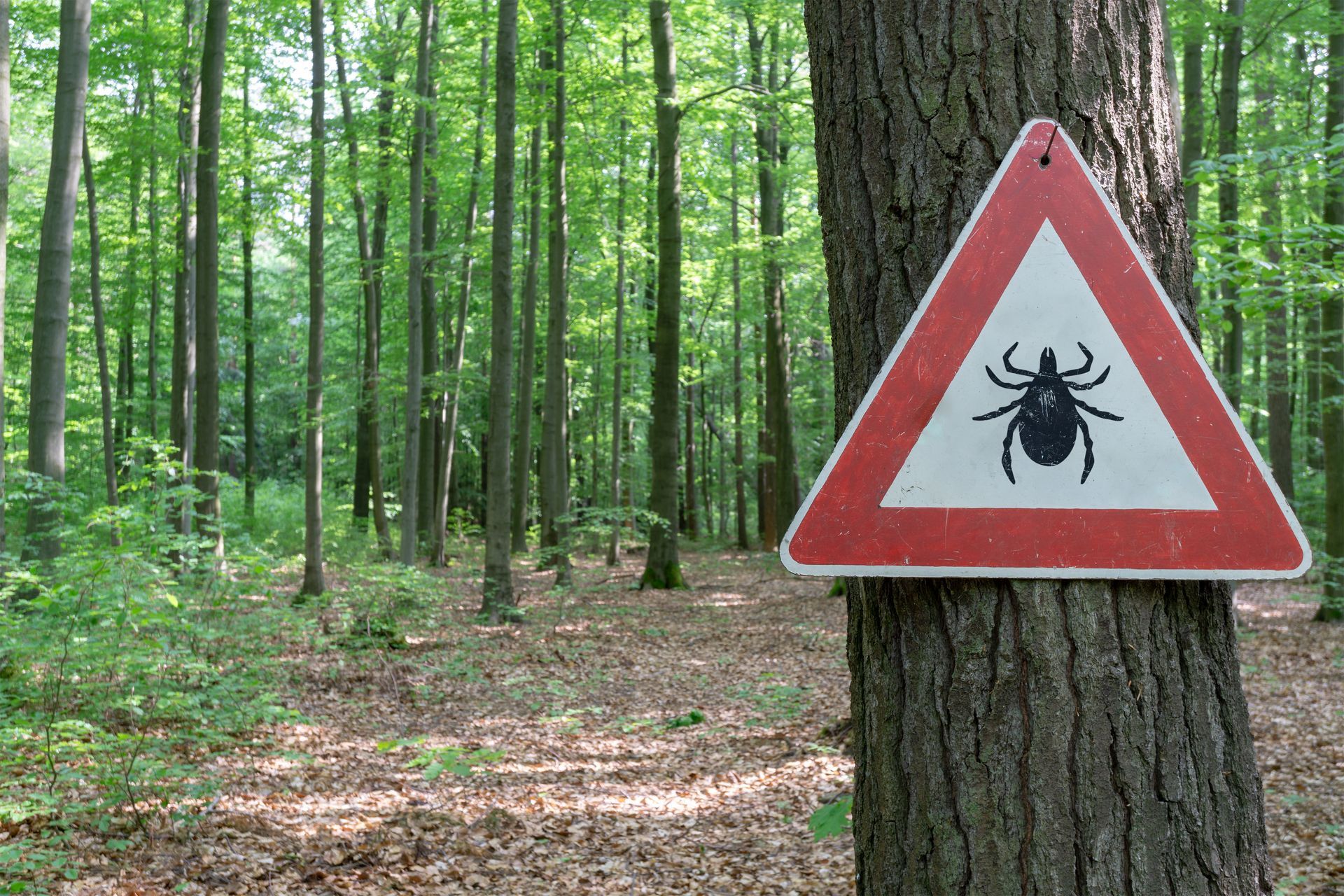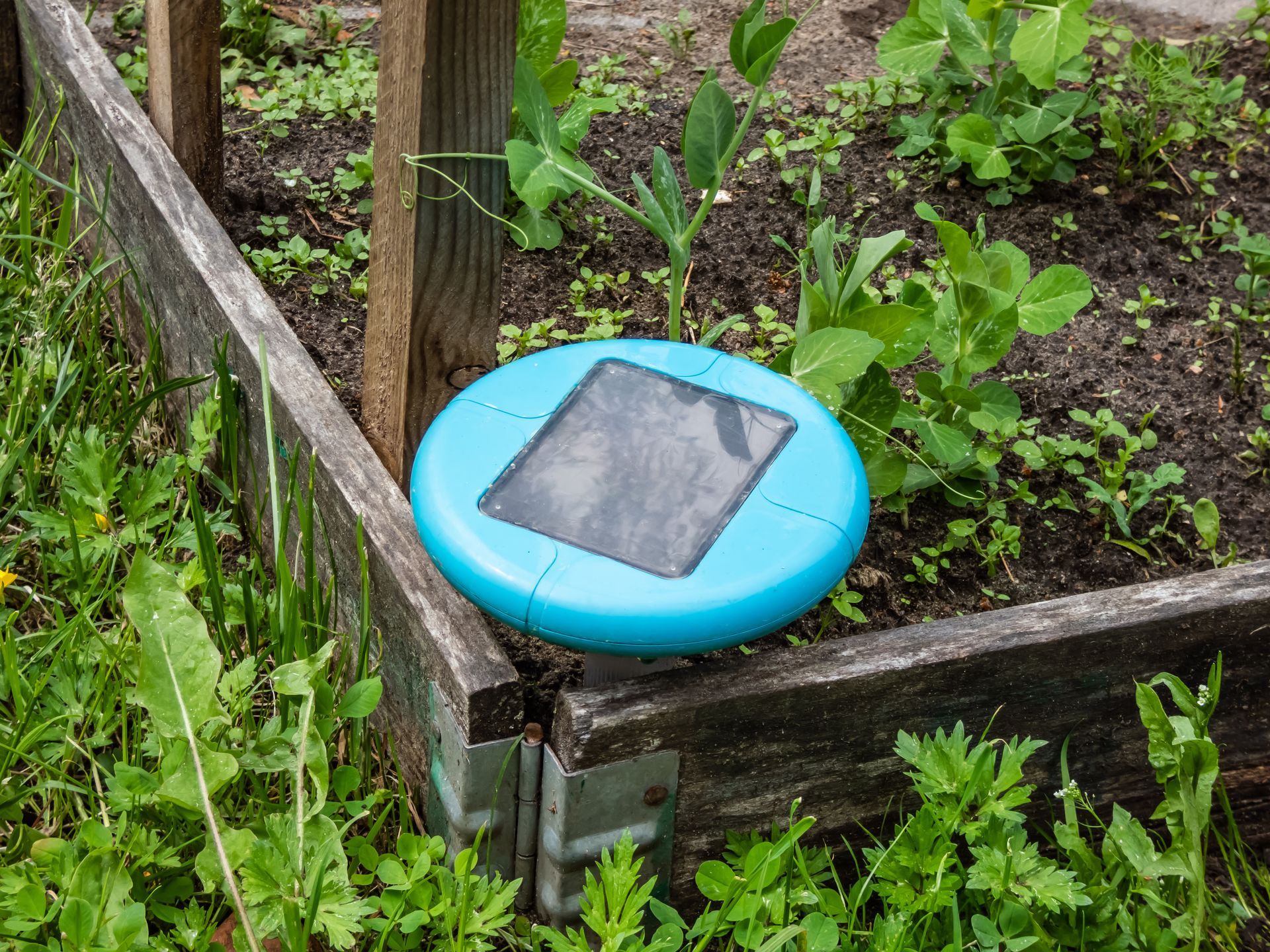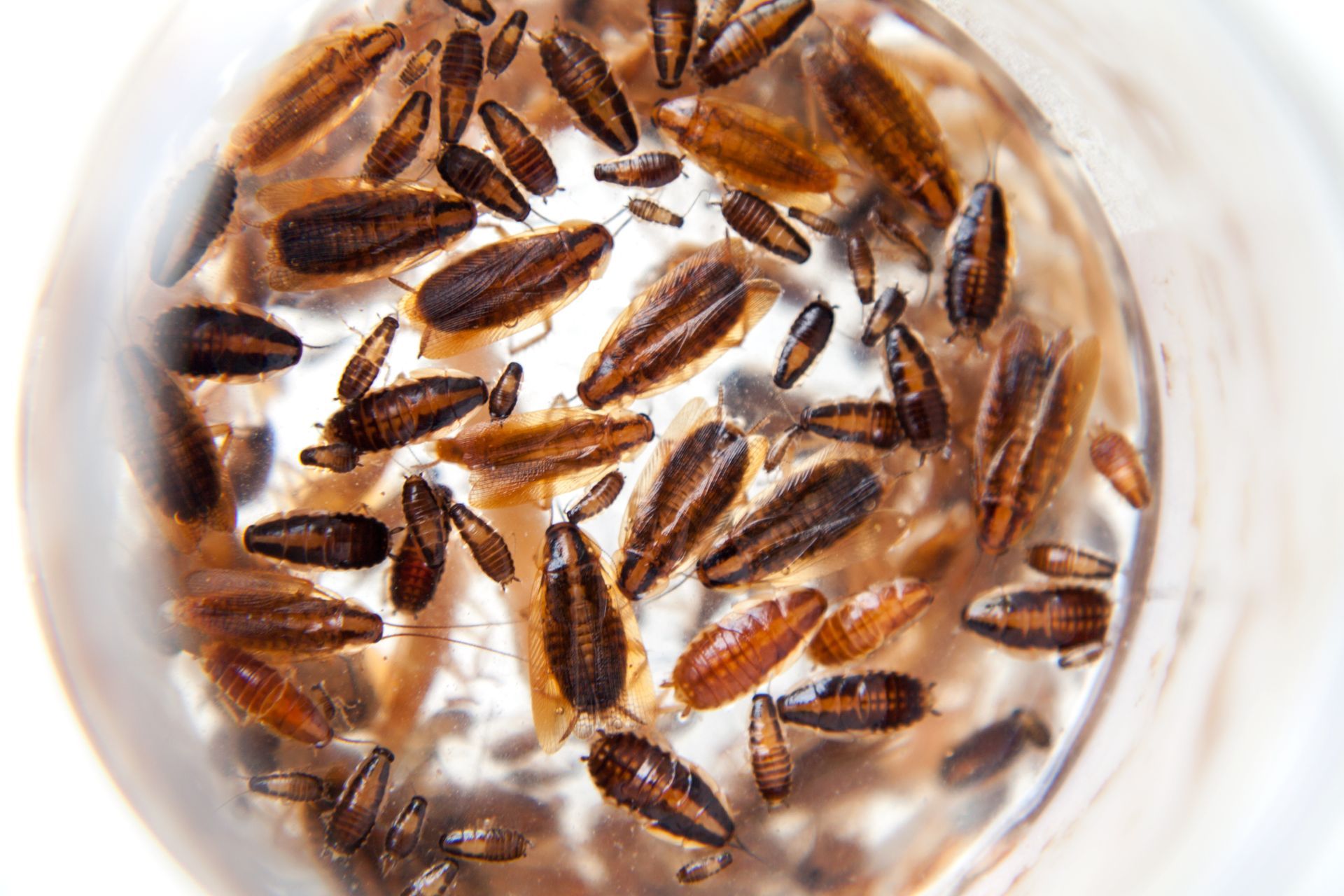Beetle Life Cycle and Lifespan
Beetles are the largest group of insects in the world. Over 400,000 species of beetles exist, and they make up roughly 40% of the insects around the world. They also go through one of the most transformational life cycles as they transition from grubs to adult beetles through a process called metamorphosis. Similar to that of caterpillars and butterflies, beetles experience a pupae period where they become a dormant cocoon while they develop into their mature bodies. Before they reach their pupal stage, the life cycle of a beetle starts with the mating ritual.
Beetle Mating Ritual
There are many conflicts for territory and mates when it is time for insects to reproduce. Beetles are no different and they may have one of the most intense mating periods as males and females of many species will fight to the death to earn their rite to mate. This process helps ensure that the next generation of beetles is the product of the strongest and fittest of their kind. Beetles rely on their strong sense of smell to detect potential mates and the competitors who may be vying for their chance at reproduction. When 2 of the same sex beetles meet each other, they will attempt to defend their territory to earn their place with the beetle of the opposite sex. Once a victorious beetle emerges, the final 2 beetles will mate in a ritual that can last several hours.
Four Stages of a Beetle’s Life Cycle
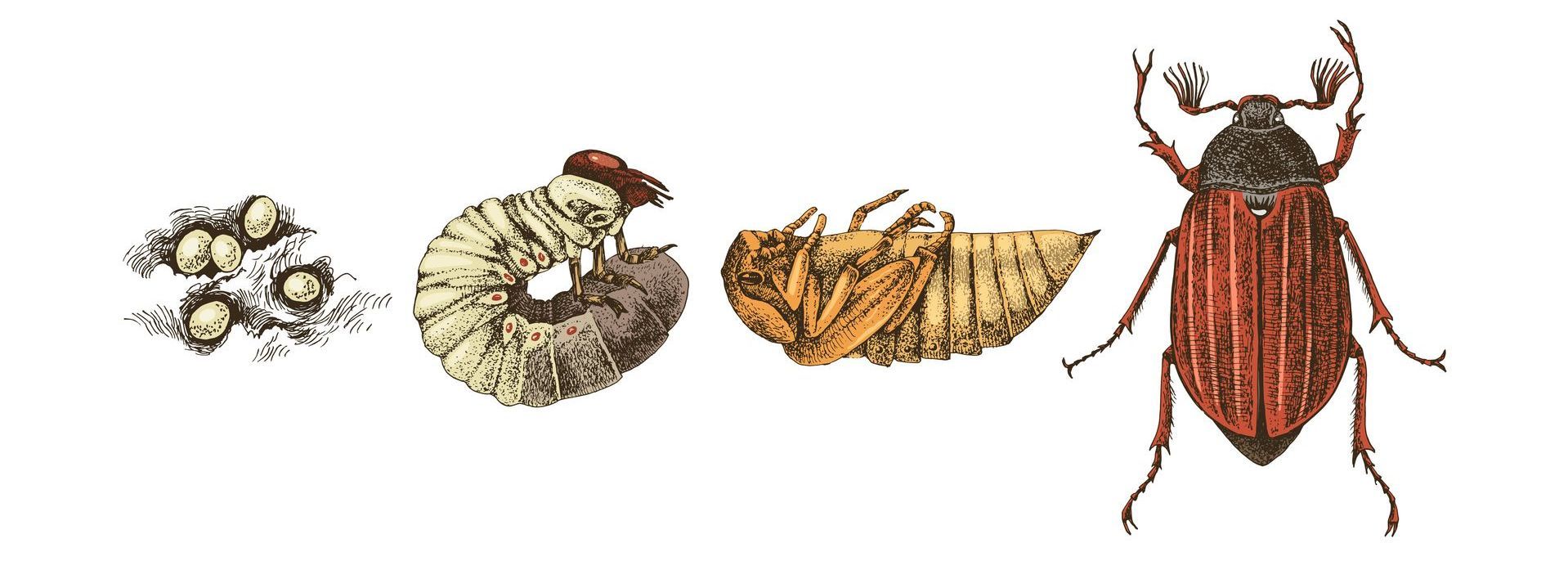
After mating is completed, eggs are fertilized, and the life cycle starts. A beetle’s life cycle is known as a complete metamorphosis which means that the adult beetle is drastically different than the previous stages of its life.
Beetle Eggs
Beetle’s reproductive season is typically between spring and fall because beetles are usually overwintering during colder months. After mating, beetles will return to the habitat they developed in to lay their eggs. The number of eggs that are laid by a female beetle depends on the species. Most species of beetles lay between several dozen to several hundreds of little white or yellow eggs while some species will carry eggs internally and give birth to live larvae. Most species will lay eggs near ample food sources like rotting wood, dead leaves, animal feces, or underground where they can feed on organic matter found in topsoil. Most eggs will hatch in a matter of a few days but can also lay dormant for a couple weeks while the conditions improve for the upcoming newly hatched larvae.
Beetle Larvae
A beetle’s larval stage is the most important phase of a beetle’s life. It is usually the longest phase before reaching adulthood and can last between several months to several years depending on the beetle species. During this period, they are typically small, white, grubs without legs or wings. They also have big mandibles that help them excel at their only function, eating. Grubs need to eat constantly to prepare themselves for the next developmental stage of its life. As the grubs feed, their bodies grow in size, and they shed their outer layer in a process called molting. The time between molting, beetle grubs are known as instars. Each instar phase develops a little further than before with most grubs going through 3- 10 instar phases before reaching the pupal stage.
Beetle Pupae
The pupal stage of a beetle’s life is typically the shortest but also the most transformative. This typically takes between a week to several months depending on the species with some species taking several years. During this period, the process of metamorphosis happens, and its body starts to take form. While the beetle larvae lays dormant, the exoskeleton will start to darken, take shape, and harden, the wings will develop, the legs will emerge, and the head will develop its dominant features. After it is done developing, a mature adult beetle will emerge from its cocoon.
Mature Adult
The adult stage of a beetle’s life is the final stage. In their final stage is when most beetles are easy to identify. Adult beetle’s come in a variety of shapes, sizes, and colors. There are species that develop large horns which act as defense mechanisms, others that develop bright colors to help attract mates, others that develop camouflage designed to help blend in to help prevent predators from eating them. Their activity and diets may vary from carrion, to produce, to feces but most beetles share some feature that make them easy to group together. Regardless of the differences, what easily identifies most beetles is the presence of wings along the back of a hard exoskeleton paired with 6 legs. After a beetle has reached maturity, their focus turns to reproduction which starts the beetle life cycle all over again.
Beetle Life Span
Adult beetles’ lifespans vary wildly depending on the species with some beetles living for only a couple weeks before reproducing and dying off, while other species can survive for several years. If you add in the time that it takes to reach adulthood, some beetles can live for several years as they overwinter during critical developmental stages. Some species will even survive long enough to overwinter once or twice as an adult before dying off. Other species of beetles can be very short-lived and survive in total for a couple months before reproducing and then dying. Even though optimal life expectancy maybe a set time, there are often other factors that impact how long a beetle survives. Things like urbanization, habitat modification, pesticide use, predation, and even climate change have all made significant impacts on the life span of a beetle.
Contact EcoGuard If You Have a Beetle Infestation
If beetles have become a problem and they are infesting your home or garden, it might be time to enlist the help of professional pest control experts who know how to treat them properly. EcoGuard Pest Management has licensed and experienced beetle control experts who can come inspect your property to identify problematic areas that need to be treated. We can tackle all stages of a beetle’s life cycle to ensure that we eliminate adult beetles as well as grubs to ensure that your problem is taken care of effectively. Call today to schedule a free inspection with one of our professional beetle control experts!




